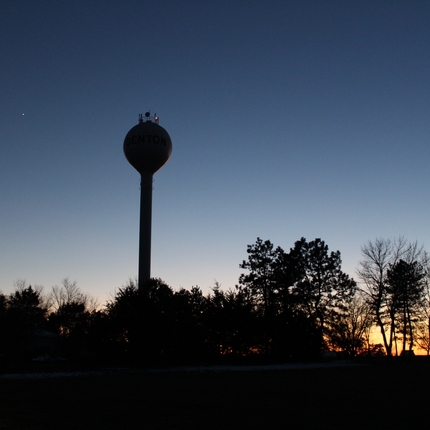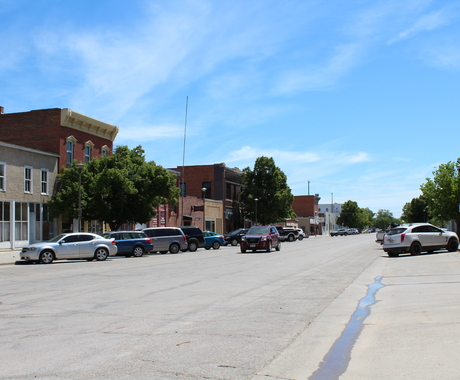An immigration raid in very rural north central Nebraska put a spotlight on the immigration debate in rural America.
The raid targeted alleged labor practice exploitation by a local employment agency. It also swept up more than 100 community members and employees of local businesses in its net.
The businesses included a tomato greenhouse, potato processing facility, and cattle operation among others. The communities affected ranged in population from 100 residents to 3,600 residents.
To me, the raid highlighted how deeply immigration is reshaping rural America.
When we consider immigration in rural America, we often think of midsize communities with large meatpackers such as Storm Lake, Iowa. Few of us think of communities of 100 residents in a county of 800 residents. That is increasingly the reality.
In conversation with everyday rural people, I often hear a refrain about undocumented immigration. I’ll paraphrase it as, “I don’t mind new immigrants moving here, I just wish they would do it legally.”
Unfortunately, the reality is that there is no legal pathway for the vast majority of immigrants who come to our communities.
Consider, there are three primary ways to immigrate legally to the United States. This includes employer-based immigration, family reunification, and humanitarian protection. Employer-based immigration is limited to certain fields, generally requiring advanced degrees. The fact of the matter is that this pathway is unavailable for most immigrants.
For individuals who do have a legal pathway under the current system, the waiting line can stretch into the millions. Resulting wait times to apply for a visa for some applicants stretch upward of 20 years.
This is untenable for immigrants in our communities today.
That is why the Center for Rural Affairs first called on Congress to enact comprehensive immigration reform in 2013. We called for creating an opportunity for undocumented immigrants to fulfill requirements and become citizens, a more robust process for legal immigration, a new commision to determine a practical number of workers allowed to immigrate annually, and enforcement of wage and labor laws to prevent employers from misclassifying workers.
The reality is that new immigrants have become an important part of our communities. They are homeowners, entrepreneurs, community leaders, parents, and employees in local small businesses. It is not our new neighbors who have failed to keep up.
It is our own immigration law that has not kept up with our communities and the people who live there — new immigrants and long time residents alike.
The need to enact immigration law change in Washington is as critical and urgent as it was in 2013.





